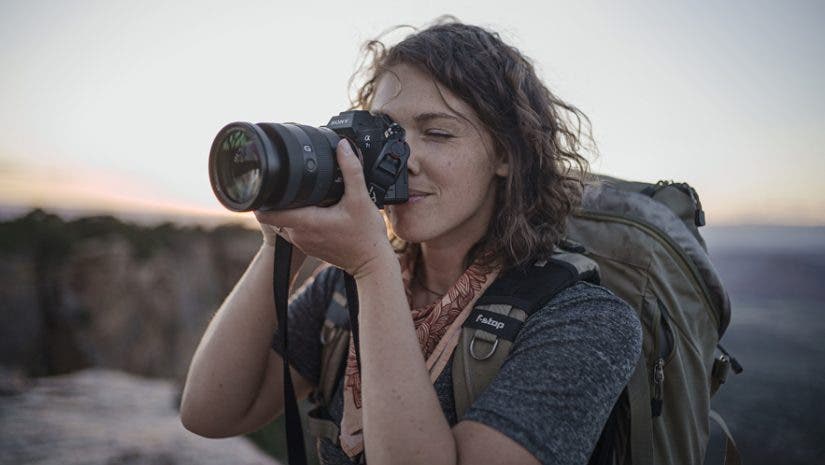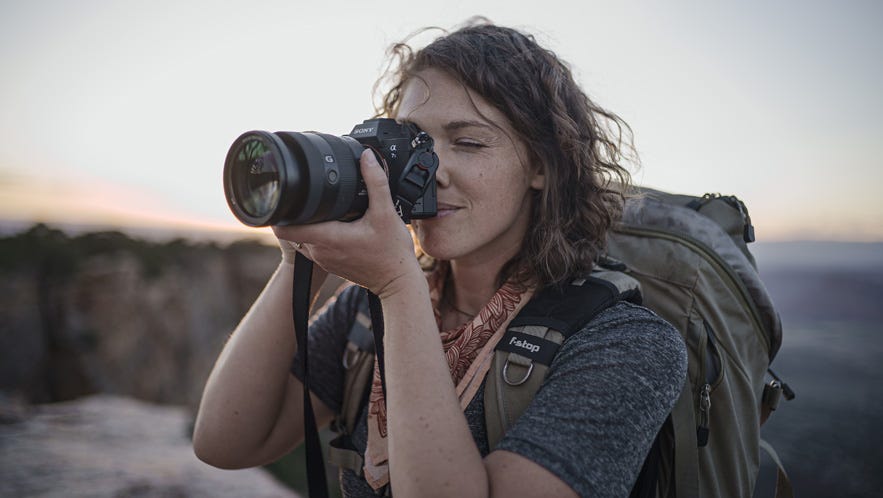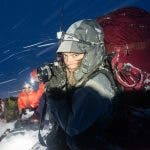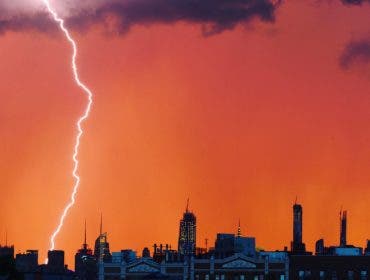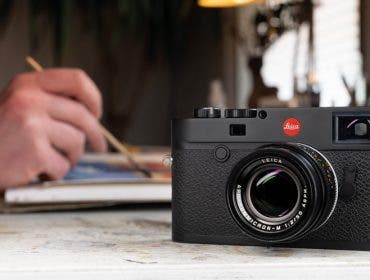July 4, 2020: It was our last chance to get a shot of a lifetime. After several fruitless attempts at getting still images and video of slack liner Andy Lewis suspended between two rock towers, silhouetted by a gigantic full moon, we had one last chance before the moon waned and our crew disbanded.
It was a maddening, memorable night with our shooters, wanting the best angles, dashing over the landscape to line up all the elements only minutes before the moon appeared in the sandstone slot. But it all came together, and then we had one last element to rely on: the Sony a7S III camera, which we were all using for this production, for the very first time, to test them and to hopefully make never-seen-before images.
And that is exactly what we did. The a7S III came through with flying colors, in the most literal sense imaginable.
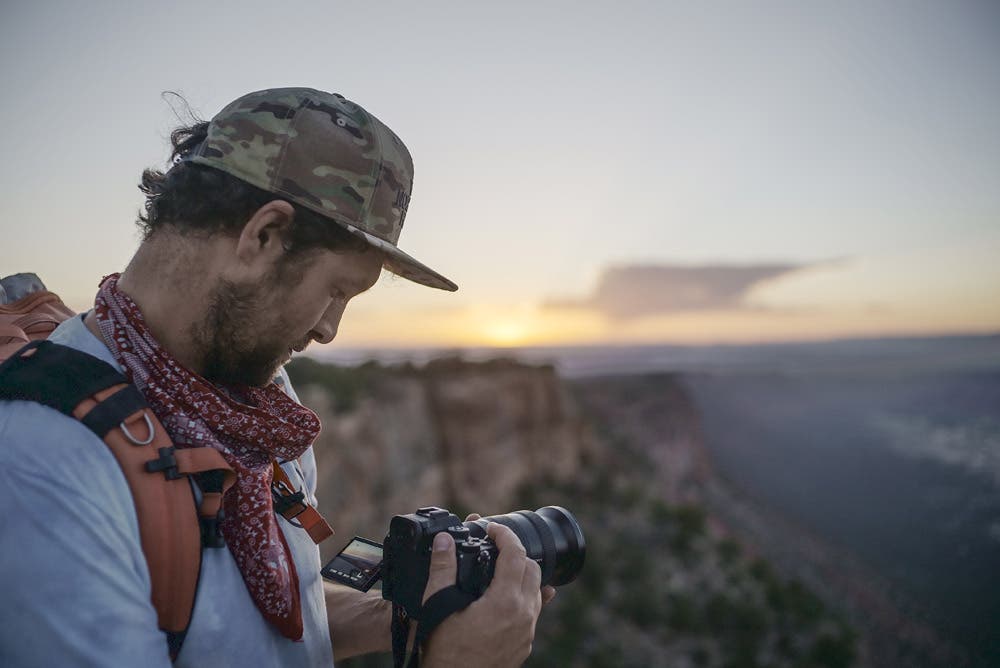
Sony a7S III: A different beast
Consider what I was asking it to do, there in the early hours of the Utah desert: hold detail in the rock of the tower in the foreground, while also holding exposure in the moon, which at full disk seemed almost as bright as the sun in the pre-dawn light. But the 15 stops of dynamic range allowed this to happen. In 4K. At 120 frames per second. At 16,000 ISO. With hardly any noise in the resulting footage. This camera is simply a different beast.
“This camera is simply a different beast.”
It’s in these sorts of chaotic shoots where timing is everything that you learn how user-friendly a piece of equipment actually is. All controls need be accessible quickly and intuitively. I’ve always appreciated the button layout of Sony cameras, and their fully-customizable controls. And now, hooray, the a7S III has an even better menu system than previous generations.
Advanced touchscreen powers
Even better, you can now navigate through the menus using the LCD’s touchscreen capabilities. While reviewing images, you can pinch-zoom and navigate around the frame like you can on a smartphone. In the heat of the moment, it means everything when you can use your camera intuitively, without fiddling about. Even though this camera was brand new to me, I didn’t feel at all slowed down by it in the heat of production.
From the department of “things I never thought I’d like as much” comes the new articulating LCD screen. For instance, say you’re shooting a vertical timelapse composition of the Milky Way, with the camera right next to the ground to include foreground details in the frame. Now you don’t have to rest your head on the ground to line up the shoot. Instead, you can turn the screen to face you. Also, you can turn the screen completely around, protecting it while the camera is slung from your shoulder or stuffed in your pack.
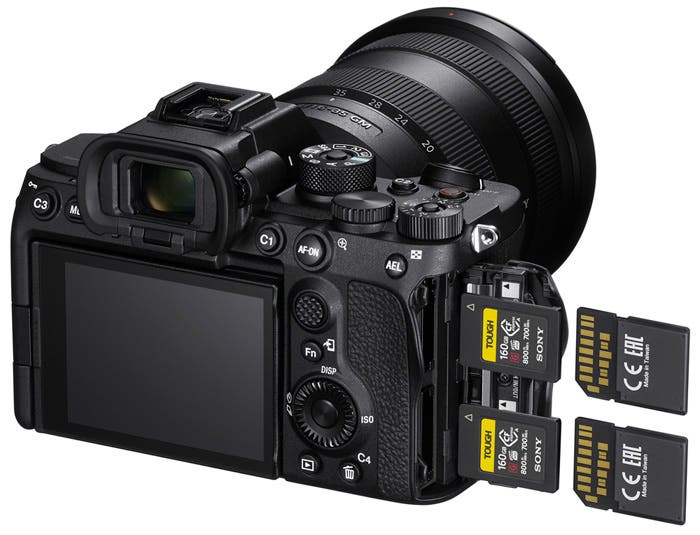
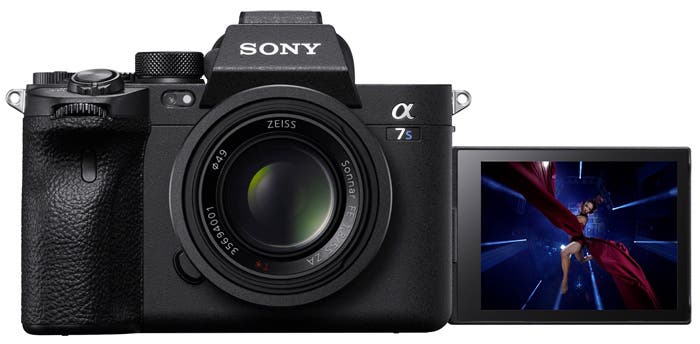
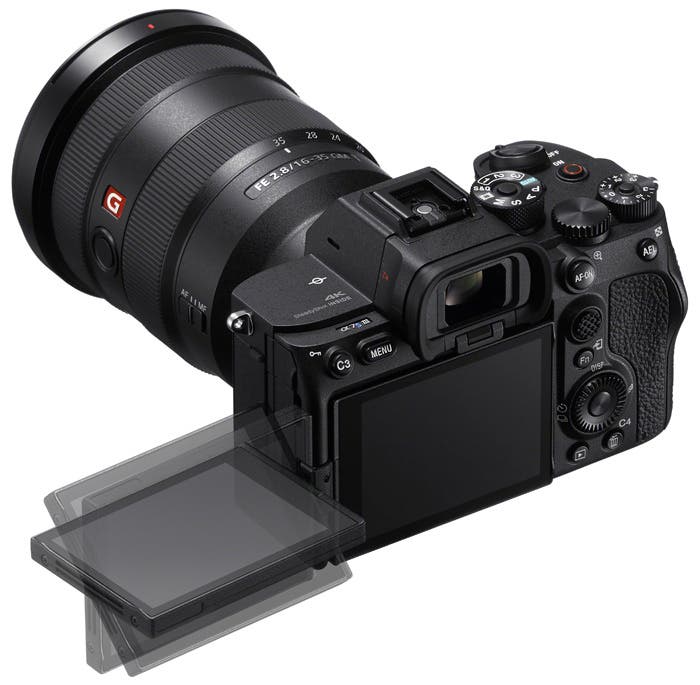
Added upgrades
One small but significant improvement to the control layout: now there’s a video record button next to the shutter button. Which is not only more physically intuitive, but feels a bit like the camera is now proclaiming itself as much a filmmaking tool as a still camera. Good job, a7S III for officially coming out as ambidextrous!
More things I like about the a7S III: it has a full-sized HDMI socket. It takes the same batteries as the last generation, which are reliable and long-lasting. It uses the new CF Express Type B cards, which are so fast they can record high bitrate 4K footage at 120 frames a second. What I most liked about these cards is that offloading their data is blazing fast — vital if you’re in a hurry or somewhere remote with limited laptop power from batteries or solar arrays.
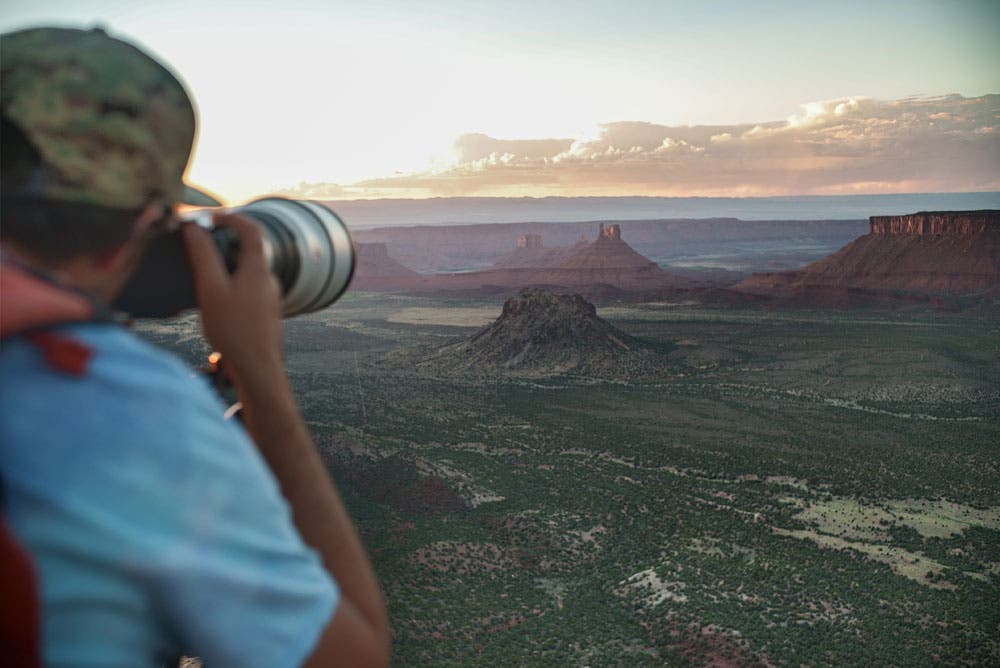
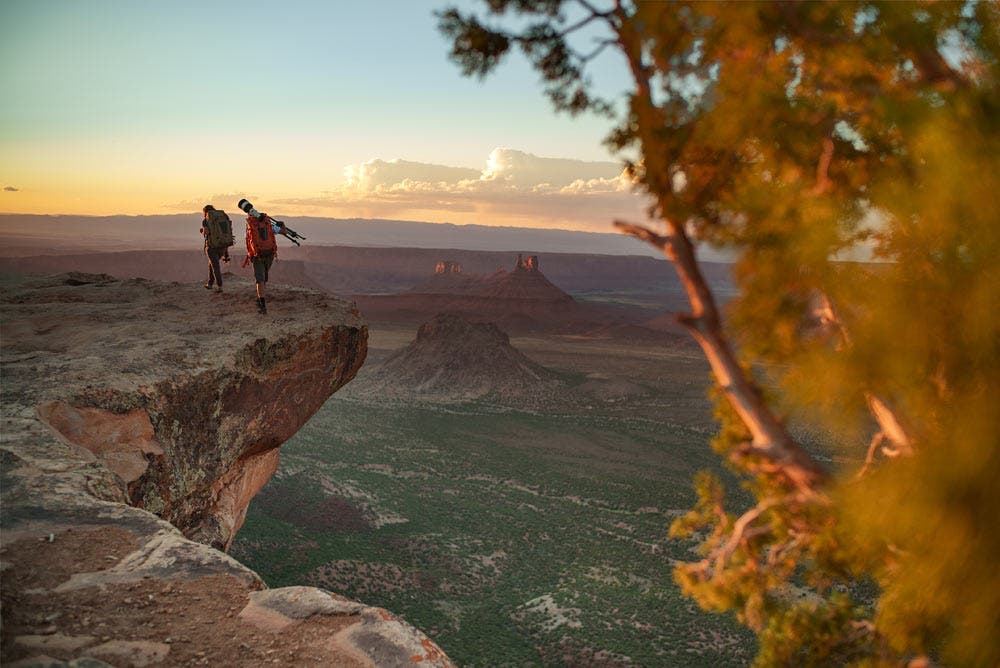
Sharp, creamy, noiseless images
Let’s return to that ISO number I mentioned above: 16,000. On our production, this became a magic number to us, because all our tests in the field and in the editing studio indicated that the images at this rarified ISO were clean. Magically clean. Each shot was sharp and creamy and virtually noiseless with 10-bit color, which means our color graders will be able to precisely tune the finished footage to those magical desert dawn tones.
Another exciting development: this camera seems to show far less rolling shutter effect than previous generations. As we were running around the desert in the near dark trying to get the best angles, we were also shooting each other running around the desert in the near dark. The footage is shaky of course, but without the glitchy and jagged rolling shutter effect, the footage looks smoother, more real, more filmic. It’s as if this camera has finally resolved all the issues with digital cameras we’ve been talking about forever.
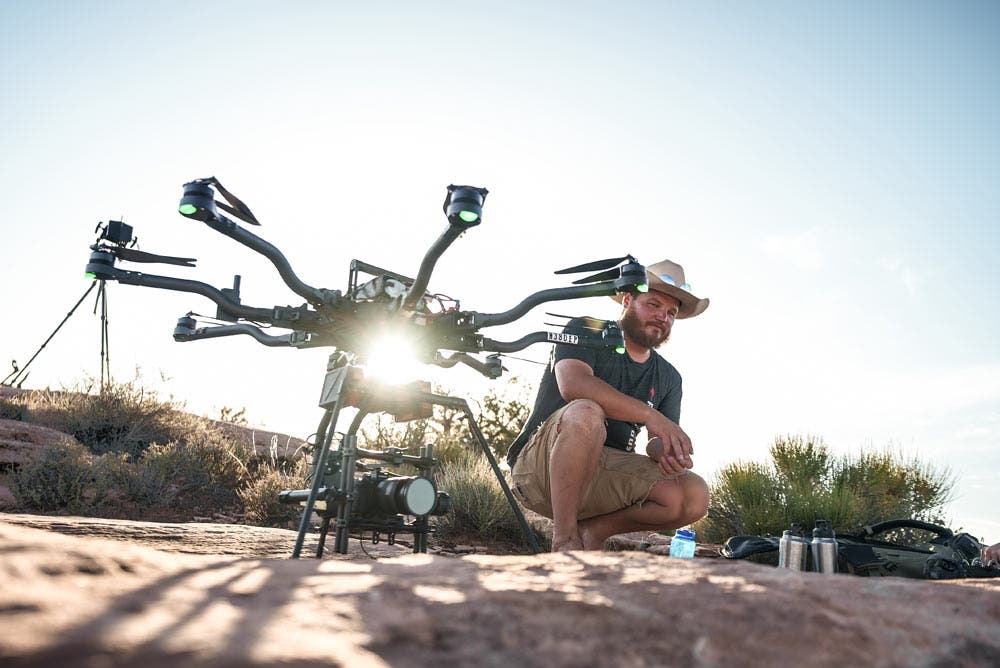
Endless possibilities for image creation
It’s hard not to get really excited about the a7S III, because these attributes make for a completely new world of seeing. For instance, now we could load a drone with the a7S III and a 24 mm f1.4 lens (see above), and shoot 4K footage from the air, in the dark, with no illumination except from headlamps and stars. And in the editing bay it looked pristine. So did the footage we shot at 20,000 ISO. And 40,000 ISO.
“When the world gets a tool like this — one which redefines what’s possible — the resultant work, as image creators explore and experiment with its capabilities, will redefine what we all think we can do.”
This also means that when pitching jobs to clients, we can take on a longer shot list on any given day, because the camera’s sensitivity allows us to extend workable shooting hours deeper into the blue hour. Where other productions would have to wrap, we can continue shooting. We can also waste less time moving huge pieces of lighting equipment around, because we can use smaller, more discrete lights with this camera.
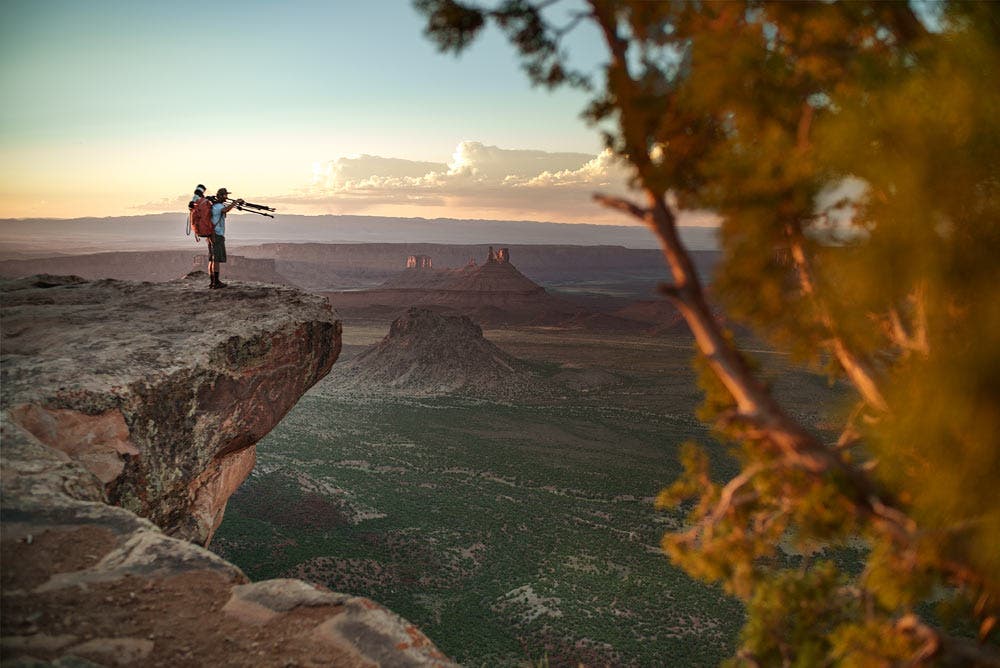
Professional timelapse capabilities
Another benefit: the camera creates more material when used for timelapses in low light. If each image in your night sky timelapse can be exposed for five seconds (instead of 30 seconds), then you simply end up with more frames at the end of the night with which to create smoother, longer timelapses. Since each exposure is shorter, the stars are also sharper, and so are the clouds that might be moving through the frame.
In short, this light, affordable, well-built camera can do things that no other mirrorless camera can do. This is incredibly exciting for my own work, but also exciting for the whole imaging world.
When the world gets a tool like this — one which redefines what’s possible — the resultant work, as image creators explore and experiment with its capabilities, will redefine what we all think we can do.
In my opinion, that’s the most exciting part of the a7S III – seeing what it will do in your hands. No doubt the mind-blowing imagery from this camera will keep us surprised and inspired for years to come.
Firmware Update
As of June 13th, 2022, Sony has also added the v1.2 firmware update to the A7S III, which includes proxy recording during remote computer connect and improvements to Eye AF performance. It is currently available for download.
